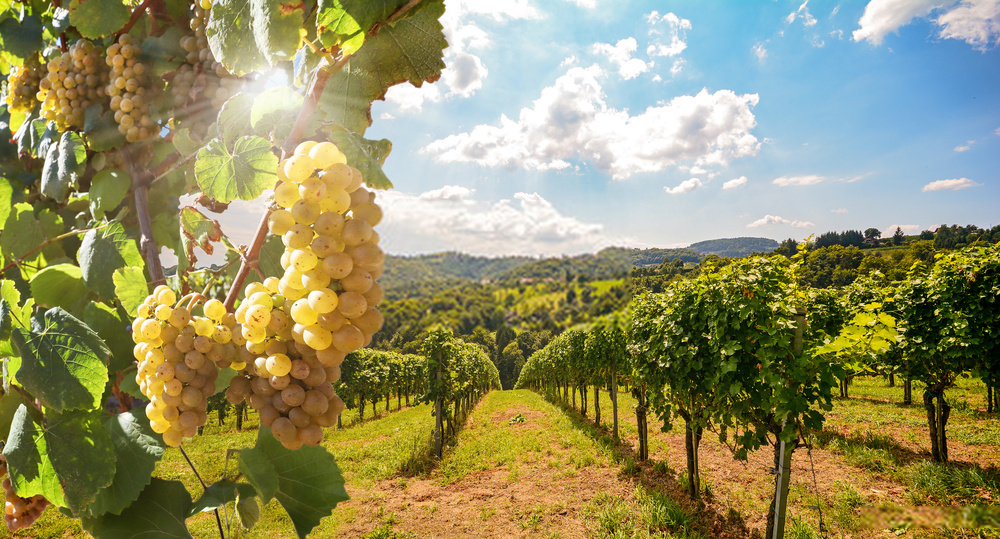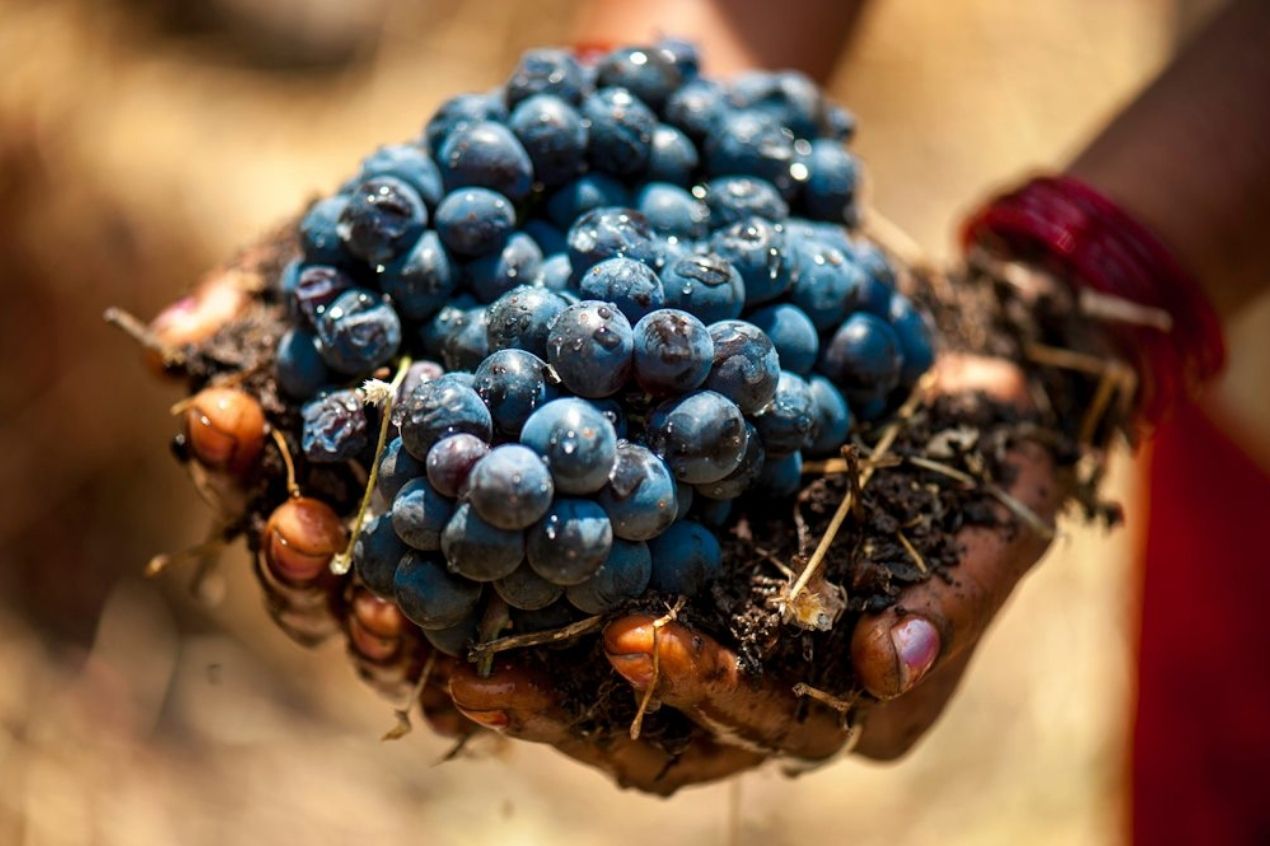The wine industry is undergoing a remarkable transformation as environmental consciousness takes center stage. Wineries worldwide are recognizing that sustainable practices aren’t just beneficial for the planet—they’re essential for long-term business viability and wine quality. This green revolution encompasses every aspect of wine production, from vineyard management to packaging and distribution. As climate change poses increasing challenges to traditional winemaking, producers are innovating with eco-friendly solutions that protect their terroir while meeting growing consumer demand for environmentally responsible products. The shift toward sustainability represents more than a trend; it’s becoming the new standard for responsible wine production, ensuring that future generations can continue to enjoy exceptional wines while preserving the natural environment that makes them possible.
Core Principles of Sustainable Winemaking
Sustainable winemaking encompasses a holistic approach that balances environmental stewardship, economic viability, and social responsibility. The foundation rests on four key principles: maintaining soil health through natural composting and crop rotation, implementing smart water management systems to reduce consumption, utilizing renewable energy sources like solar panels, and minimizing waste through recycling and repurposing by-products.
These practices extend beyond environmental protection to ensure vineyard productivity for generations. Sustainable farming often results in healthier vines that produce higher-quality grapes, leading to better-tasting wines with unique characteristics. This approach treats the vineyard as a complete ecosystem rather than just a production facility.
Organic and Biodynamic Farming Methods
Organic viticulture represents one of the most significant shifts in sustainable wine production. This method eliminates synthetic fertilizers, herbicides, insecticides, and fungicides, instead relying on natural alternatives like composting, cover crops, and biological pest control. Australia leads globally with the largest amount of certified organic agricultural land worldwide.
Biodynamic farming takes sustainability further by viewing the vineyard as a self-sustaining ecosystem. This approach incorporates herbal sprays and composting techniques while timing operations according to lunar cycles. Wineries like Benziger Family Winery and Kalleske in Australia’s Barossa Valley exemplify successful biodynamic practices, with Kalleske being certified organic and biodynamic since 1998.
Innovative Technologies and Energy Solutions

Modern wineries are embracing cutting-edge technologies to reduce their carbon footprint. Solar power has become increasingly popular, with Jackson Family Wines powering 30% of their operations using solar energy. Wind turbines and biomass energy offer additional renewable alternatives to fossil fuels.
Recent research published in Nature highlights underutilized methods like constructed wetlands and microalgae systems that can significantly reduce carbon dioxide emissions while creating circular resource cycles. These innovations transform by-products into biofertilizers, closing waste loops and minimizing environmental impact.
Precision viticulture using AI and remote sensing represents the future of sustainable vineyard management, optimizing resource use through data-driven decision making.
Water Conservation and Waste Management
Water conservation remains critical for sustainable wine production. Wineries implement drip irrigation systems, rainwater harvesting, and water recycling programs to minimize consumption. Dry farming techniques, adopted by wineries like California’s Frog’s Leap, drastically reduce water usage while often improving grape quality.
Waste management innovations include recycling grape skins and seeds into compost, using lighter glass bottles to reduce shipping emissions, and exploring alternative packaging like biodegradable corks and recycled cardboard. Felton Road winery exemplifies comprehensive waste reduction by reusing everything in compost or brandy production while switching to 22% lighter bottles.
Packaging and Distribution Innovations
The packaging revolution in sustainable wine focuses on reducing the industry’s largest carbon input: glass and packaging materials. Wineries are adopting lightweight bottles, exploring eco-friendly alternatives, and implementing local sourcing strategies to minimize transportation emissions.
Some producers are transitioning to electric vehicles for vineyard operations and investing in carbon offset projects, with Fetzer becoming the first certified carbon-neutral winery. These comprehensive approaches demonstrate that sustainability extends far beyond the vineyard itself.


